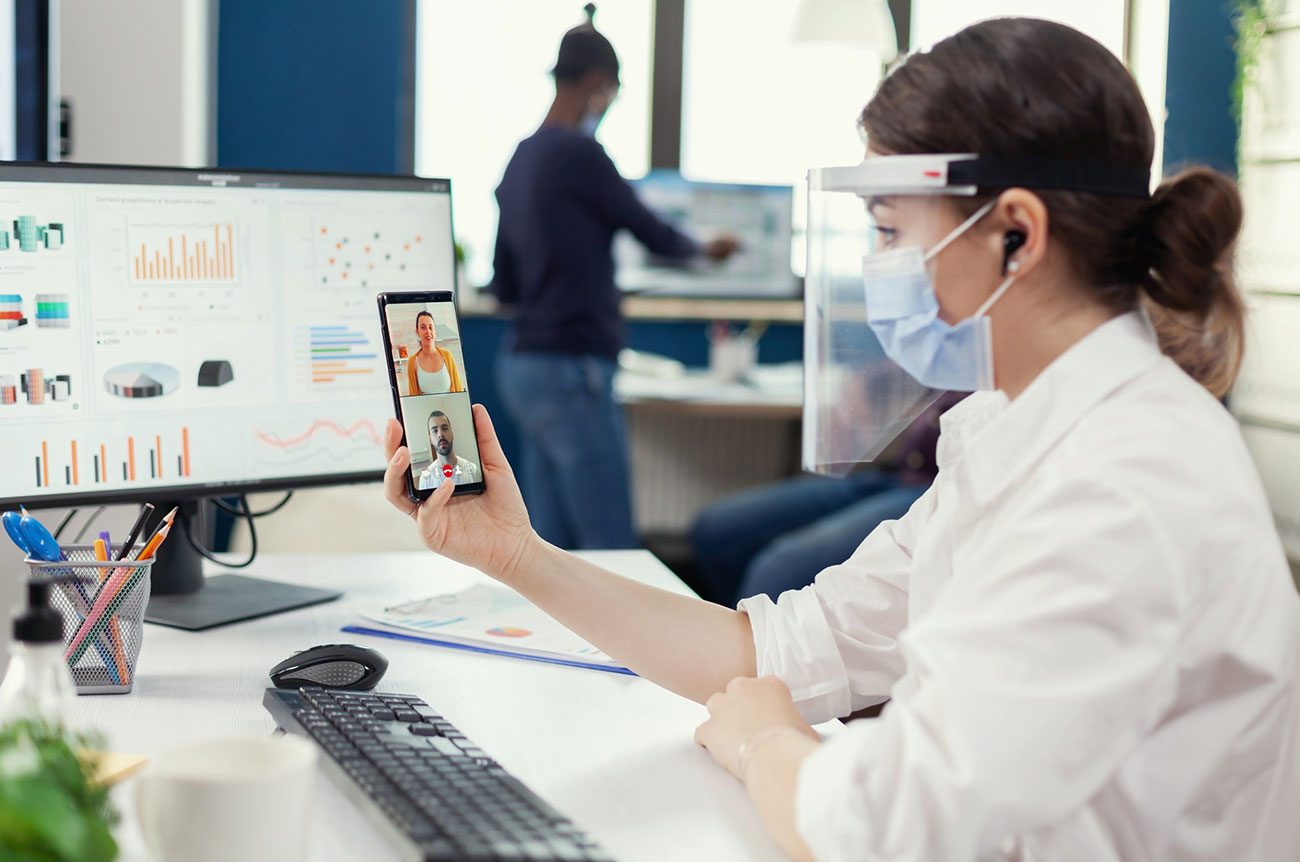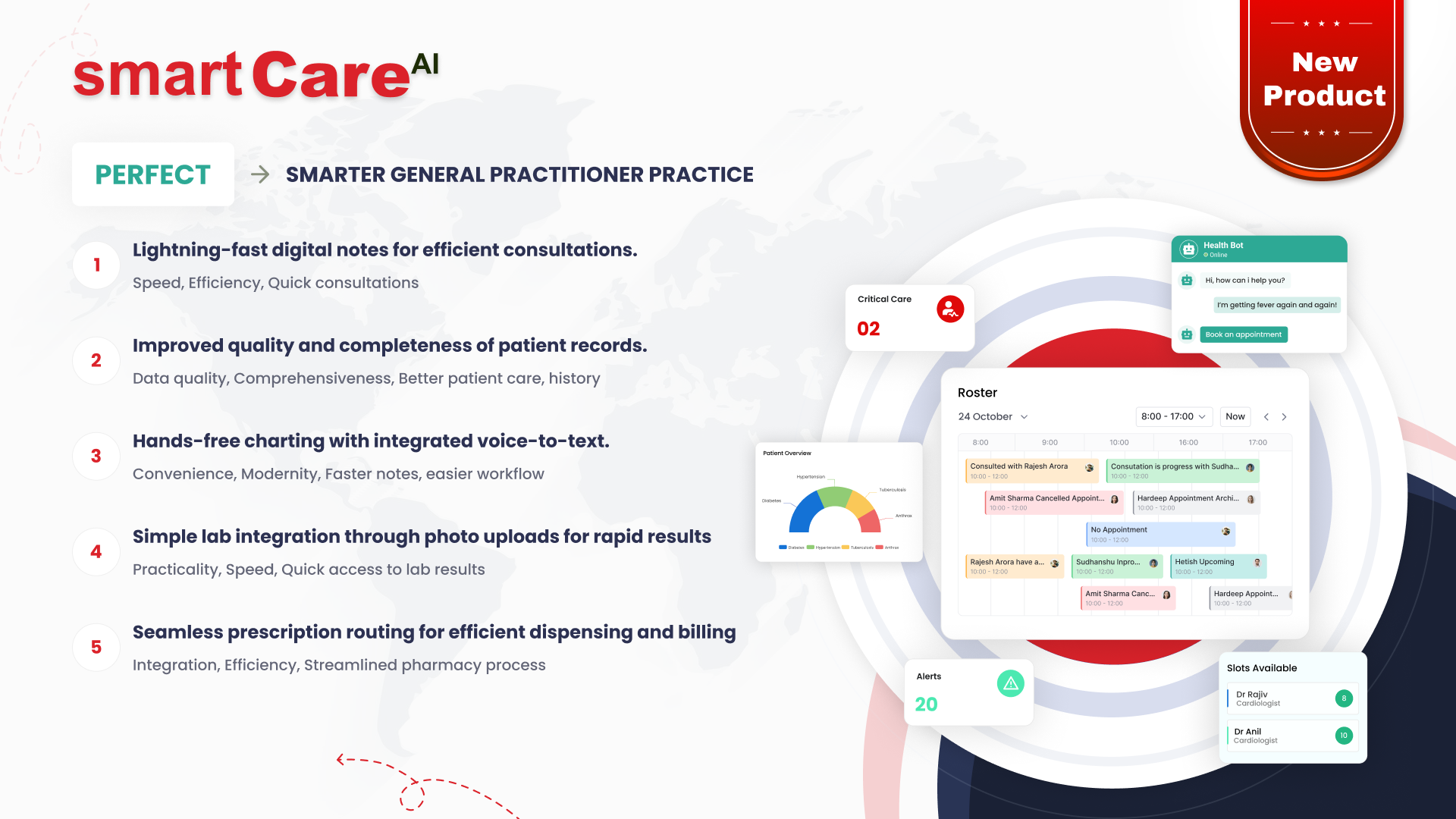
Posted On October 13, 2024
How IoT Integration Services are Enhancing Home Healthcare Solutions
Introduction to IoT in Home Healthcare
The Internet of Things (IoT) is revolutionizing various sectors, and home healthcare is no exception. By connecting devices and systems through the internet, IoT enhances the ability to monitor and manage health conditions from the comfort of one’s home. This integration provides a more efficient and proactive approach to healthcare, enabling better patient outcomes and improved quality of life.
Understanding IoT Integration Services
IoT integration services involve connecting healthcare devices, applications, and systems to streamline data exchange and communication. These services ensure that various devices, such as heart rate monitors, glucose meters, and smart medication dispensers, work together seamlessly. This connectivity allows for real-time data collection, analysis, and response, facilitating a more cohesive and responsive healthcare system.
Benefits of IoT in Home Healthcare
IoT integration brings numerous benefits to home healthcare. Firstly, it enables continuous monitoring of patients’ vital signs, which can lead to early detection of potential health issues. Secondly, it improves the efficiency of healthcare delivery by automating routine tasks and reducing the need for frequent in-person visits. Lastly, it enhances patient engagement by providing access to personalized health data and insights, empowering individuals to take control of their health.
How IoT Devices Monitor Patient Health Remotely
IoT devices are designed to monitor various aspects of a patient’s health remotely. For example, wearable devices can track heart rate, blood pressure, and activity levels, while smart sensors can monitor environmental conditions such as air quality and temperature. The collected data is transmitted to healthcare providers in real-time, allowing for timely interventions and adjustments to care plans without requiring the patient to leave their home.

Real-Time Data Collection and Its Impact
Real-time data collection is a key feature of IoT in home healthcare. By continuously gathering and analyzing data from IoT devices, healthcare providers can gain valuable insights into a patient’s health status and trends. This immediate feedback allows for prompt adjustments to treatment plans, reducing the likelihood of complications and hospitalizations. Moreover, it supports proactive health management, leading to better long-term health outcomes.
Enhancing Patient Safety Through IoT Solutions
IoT integration services are revolutionizing home healthcare by enhancing patient safety. IoT devices like smart sensors and alarms can monitor vital signs and detect anomalies in real-time. For instance, fall detection sensors can immediately alert caregivers if a patient falls, reducing the risk of severe injuries. These solutions ensure timely intervention, providing peace of mind for both patients and their families.
IoT Integration for Chronic Disease Management
Managing chronic diseases is more efficient with IoT integration. Devices can continuously track health metrics such as blood glucose levels or blood pressure, sending data directly to healthcare providers. This constant monitoring helps in adjusting treatment plans promptly, improving patient outcomes and reducing hospital visits. Patients benefit from personalized care without leaving their homes.
Improving Medication Adherence with IoT Technologies
Medication adherence is crucial for effective treatment, and IoT technologies play a significant role in this aspect. Smart pill dispensers remind patients when to take their medication and can even notify caregivers if a dose is missed. This technology helps ensure that patients follow their prescribed medication regimen, which is essential for managing chronic conditions effectively.
The Role of Wearable Devices in Home Healthcare
Wearable devices are transforming home healthcare by providing continuous health monitoring. These devices can track physical activity, heart rate, and even sleep patterns. The data collected is valuable for both patients and healthcare providers to monitor health trends over time and make informed decisions about care. Wearables offer a convenient way to stay on top of one’s health without frequent hospital visits.
Data Security and Privacy in IoT-Enabled Healthcare
With the integration of IoT in home healthcare, data security and privacy are paramount. Ensuring that patient information is securely transmitted and stored is crucial. IoT solutions often include robust encryption methods to protect data from unauthorized access. Additionally, compliance with healthcare regulations such as GDPR and HIPAA helps maintain the confidentiality and integrity of patient information.
Conclusion
IoT integration services are significantly enhancing home healthcare solutions by improving patient safety, managing chronic diseases, supporting medication adherence, and providing valuable insights through wearable devices. While ensuring data security and privacy remains a critical focus, the benefits of IoT in home healthcare are clear. These advancements offer a more connected, efficient, and personalized approach to healthcare, making it easier for patients to manage their health from the comfort of their homes.
